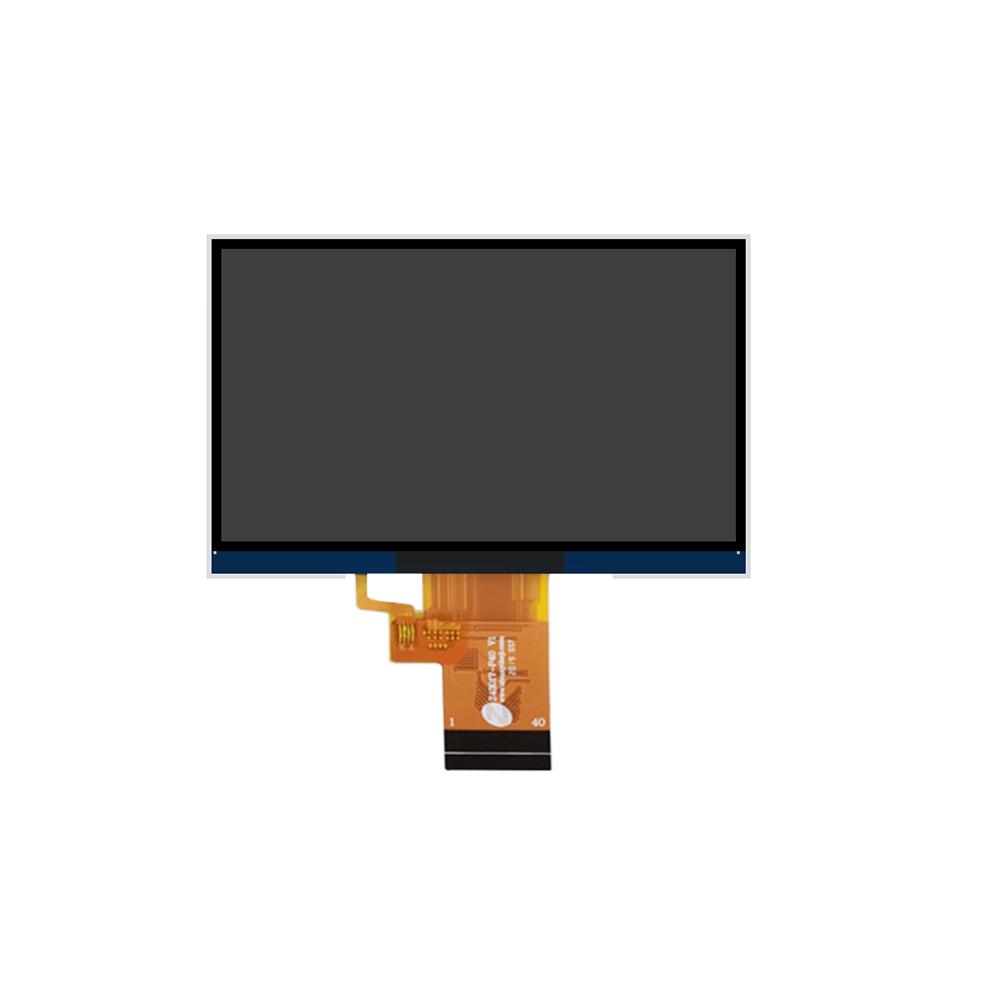




Multimedia touch displays have become a key element in modern exhibition halls, transforming the way visitors engage with exhibits and information. Creating compelling content for these displays is crucial to attract and retain the attention of visitors, as well as to convey the intended messages effectively.
The first step in content production is to understand the theme and purpose of the exhibition. Whether it's an art exhibition, a science and technology showcase, or a historical display, the content should be tailored to fit the overall concept. For example, in a historical exhibition, the touch - display content could include interactive timelines, 3D reconstructions of historical scenes, and audio - visual presentations of historical events. High - quality visual materials, such as high - resolution images, videos, and animations, are essential. These can be created using professional graphic design software, 3D modeling tools, and video editing programs. For instance, 3D models of ancient artifacts can be designed to allow visitors to rotate and zoom in on the details through the touch display, providing a more immersive experience.
Interactive elements are the core of multimedia touch - display content in exhibition halls. Gamification techniques can be incorporated to make the learning process more engaging. For example, in a science exhibition, visitors could participate in interactive quizzes or mini - games on the touch display to test their knowledge about scientific concepts. Storytelling is also an effective method. By presenting information in the form of a narrative, visitors are more likely to be drawn into the content. For example, a touch - display in an art exhibition could tell the story behind an artist's creative process, including the inspiration, techniques used, and the evolution of the artwork.
User - experience (UX) design is another important aspect of content production. The layout of the touch - display interface should be intuitive and easy to navigate. Clear labels, icons, and menus should be used to guide visitors through the content. The response time of the touch - display interaction should be fast to avoid frustrating the users. Additionally, the content should be optimized for different screen sizes and resolutions to ensure a consistent experience across various touch - display devices in the exhibition hall. Regular user testing is also necessary to identify any usability issues and make improvements to the content and interface design.
